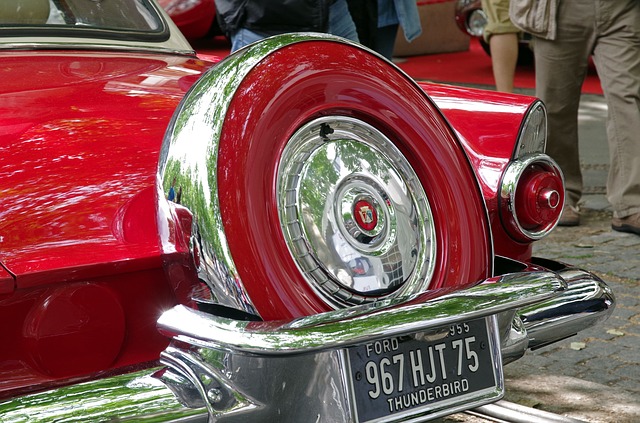Nowadays, only people over a certain age can remember when every car came equipped with a full-sized spare tyre.
In ye olde days, if you had a blow-out or a flat, you dug out your trusty full-sized replacement from the boot. The damaged tyre took its place, and you went zooming off on your way. No maximum 50 mph. No maximum 50 miles range. Sorted. By contrast, a modern car is more likely to come with a space saver or a wee can of sealant and a pump. Or, if you have a beamer, run-flat tyres.
The fact is that spare tyres have been gradually disappearing for decades. The first space-saver tyres appeared in the mid-70s and steadily gained ground. By 2014, according to the Honest John website, just 10% of cars were sold as standard with a full-sized spare.
So, are ‘proper’ spare tyres sorely missed? Or are they a relic we’re glad to see the back of? In this two-part article, we’ll look at some of the pros and cons of ditching the full-sized spare.
Does ditching the spare free up valuable space?
There’s a good reason that the space-saver tyre is so-named. A full-sized tyre takes up a huge volume, and manufacturers reckoned that this space could be used more gainfully to provide more storage space.
However, the ever-furious Daily Mail points out that:
Families and households are actually getting smaller, and therefore, with fewer people we actually travel with less stuff.
There are now just 1.8 children per average family today, compared to 2 in the early Seventies, while the average household has shrunk from 3.1 people in 1964 to around 2.4.
A great point, but on the other hand, since the early seventies, people have become used to having ample room for themselves and their kit.
For better or worse, the days of cramming everyone’s holiday stuff into one suitcase — and being squashed into your fellow occupants — are long gone.
So for our money, the ‘more space’ argument for ditching a full-sized spare has some merits.
Does ditching the spare mean a lighter, more eco-friendly (and economic) car?
A second reason often given for manufacturers deep-sixing the spare is saving weight. Other things being equal, lighter cars have better fuel economy and lower emissions. As governments have ramped up the pressure on gas guzzlers, the spare tyre is an obvious target.
This is an interesting one. A typical spare tyre weighs 20kg plus, which feels pretty hefty when you’re hauling it around. But is it really that significant as a proportion of a car’s weight? We’ve often expressed scepticism that small amounts of weight can do much to improve fuel economy, so let’s run some numbers.
A typical family hatchback, say a 2020 Honda Civic, has a kerb weight of around 1400kg. That’s the DIN figure, which includes a 90% full fuel tank. Add a couple of passengers at 75kg each, and you’re up to 1550kg.
Let’s assume a 20kg full size spare is replaced by the neglible weight of a sealant and pump. What percentage of weight has been saved? We make it 20/1550 * 100, or just 1.3%. That doesn’t sound like it’s going to signicantly impact economy or emissions.
And to put that into context, a bog-standard Honda Civic from 1988 had a kerb weight of just 877kg. Now, granted, that’s quoting an American kerb weight, which probably exaggerates the difference — but not that much.
The point is that modern cars are massively lardy compared to the predecessors, and 20kg is a very small amount to claw back.
Overall, we’re less than convinced that losing the spare car helps your pocket or the environment compared to other design decisions – like making your car taller, for example.
In Part Two, we’ll look at more pros and cons of manufacturers dropping the spare wheel. See you soon!
The BK Tyres blog carries news, views and information on tyres and related subjects. BK Tyres supplies and fits tyres throughout South Oxfordshire, including the communities of Abingdon, Didcot and Henley on Thames. As an independent, family run mobile provider, we provide exceptional levels of service and affordable prices. Contact us today.

